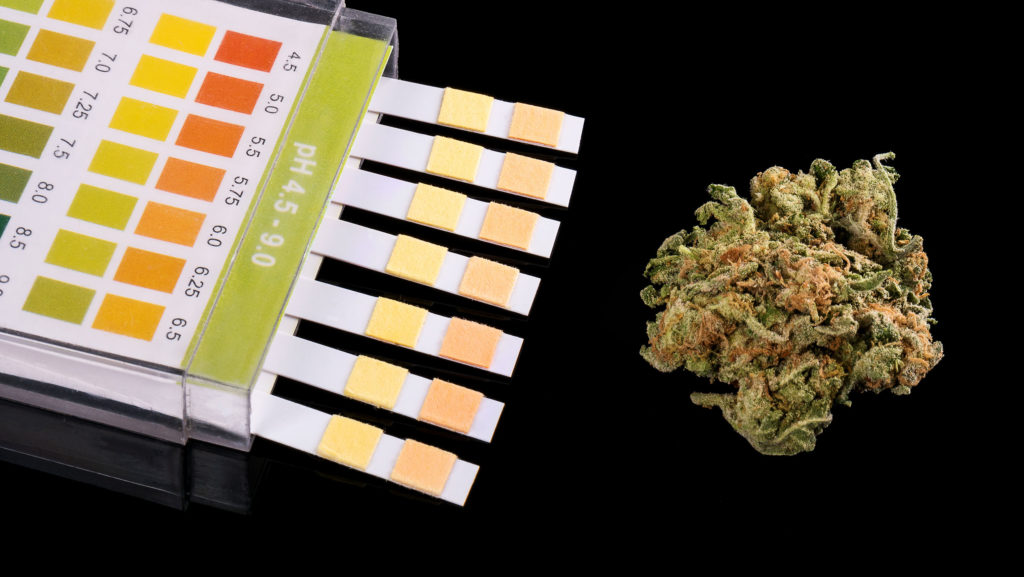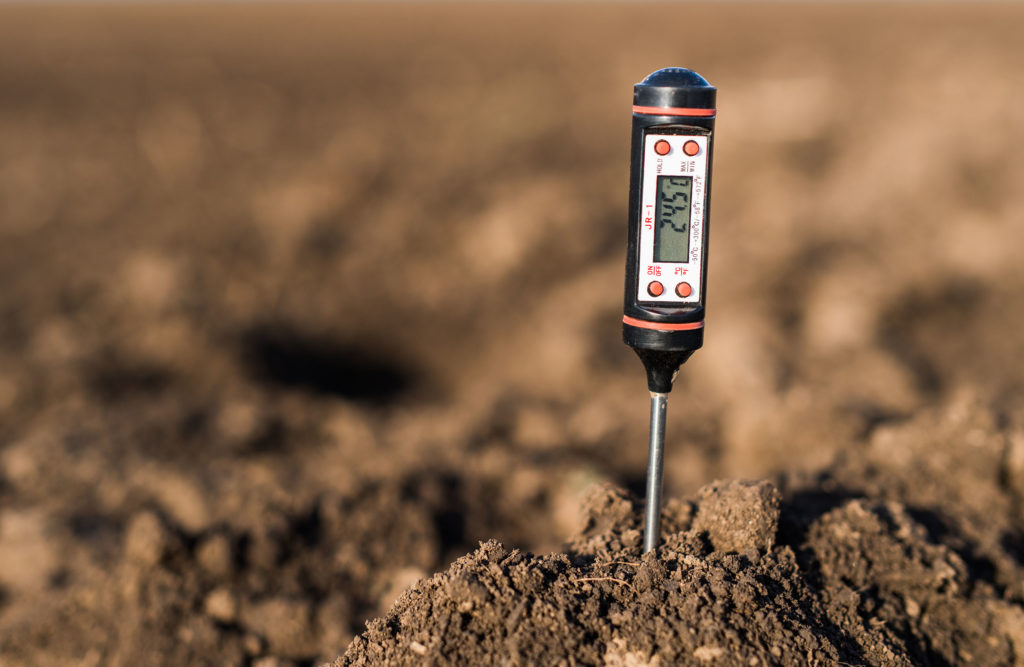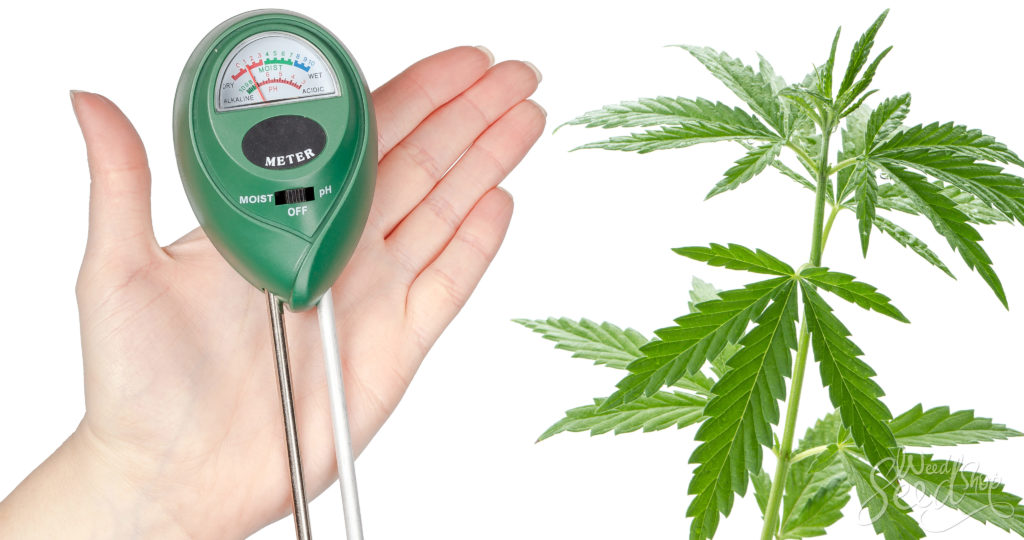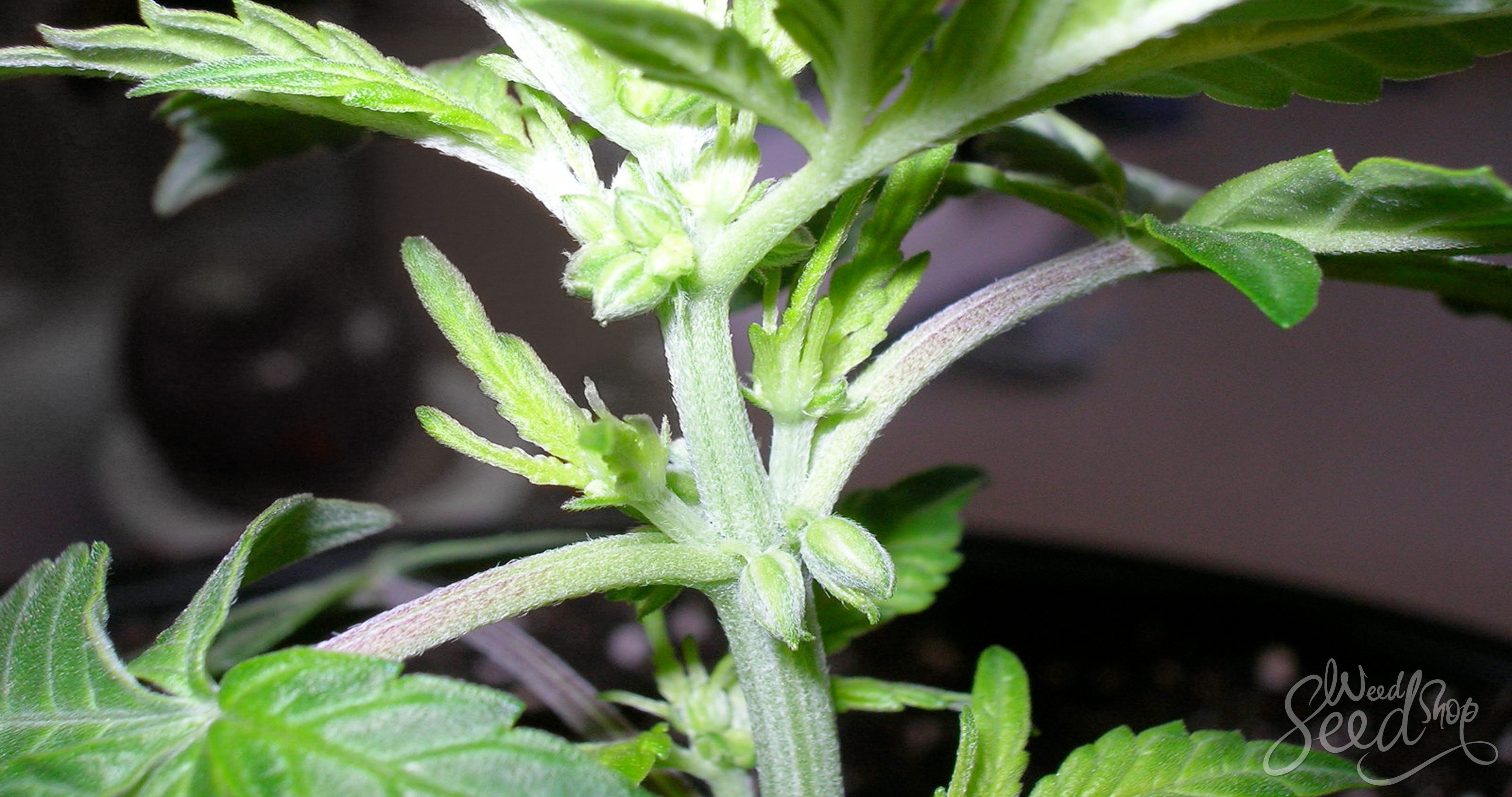Taking care of the pH of your soil is essential to producing fine cannabis. Most growers, at some stage, will be required to measure and adjust their pH, and it pays to know how to do this correctly before being faced with the problem. Keep reading this article to learn everything you need to know about pH management.
The pH level of any growing system is the measurement of how acidic or alkaline the medium is in which the roots are growing. It is calculated using a logarithm, with 0 being the most acidic and 14 being the most alkaline (and 7 being neutral).
In general gardening, pH plays an important role, and even more so with cannabis. For the most part cannabis prefers a slightly acidic pH level, and keeping this right can dramatically alter your yield.
Sometimes growers get lucky with their potting mix, and virtually no maintenance is required throughout the growing stage. But not all are so fortunate and sometimes a strict observation and maintenance is necessary. Correcting the pH when it goes out allows your cannabis the opportunity to thrive in the best possible environment for nutrient absorption.
This article is for all those wanting the basics of measuring and correcting their pH levels!
What is the importance of pH for cannabis?

The perfect pH levels for cannabis ideally sit within a range, because certain nutrients are absorbed better at certain pH levels. This means it is OK if your pH levels vary slightly from time to time, as long as they sit within the correct range.
If you are growing in soil, then your pH levels should be between 6.0 and 7.0. If you have a hydroponic grow setup, then you are aiming for levels between 5.5 and 6.5.
You shouldn’t try to obsessively sit on an exact pH balance, because it is good for your soil to make the slight variance from time to time. Allowing a range also means that you can avoid over or under shooting when you are managing the pH levels.
If the medium in which your roots are growing gets too acidic or too alkaline, it can become difficult for your plants to obtain nutrients. This means your plant could suffer in the long term with respect to yields, potency and the overall health of the plant.
This is why it is extremely important to maintain a healthy pH range. If your pH is out, then you may be giving nutrients to your plants without them having any effect.
What is the perfect pH for cannabis plants?
What’s important to recognize is that different plants live under different pH conditions because they have been trained to do so. Depending on the growing medium that you are using, the optimum pH for a cannabis plant will vary.
If you are growing in a hydroponic system, the pH level can sit quite low, such as 5.5. If you are growing in soil, the perfect range is between 6.0 and 6.5. Anything outside of this pH range will make nutrients less available to your plants, and so could severely stunt their growth.
How to measure pH?
You can measure the pH of your soil or water using a pH testing kit. You can buy them at any gardening store, and they usually come in the form of strips, pens or drops.
It is important to measure the pH levels regularly if you are just starting out, and you’ll find that over time you will be able to recognize when the pH is out of whack. Don’t get over excited with this either – if it ain’t broke, don’t fix it.
Plants that are looking healthy and growing well are usually not facing a problem with pH. However, if your plants are lacking nutrients it can be a sign that the pH levels are not right.
Some growers can tell by the health and colour of their leaves, but it is better to fix the problem before it has reached the roots. In time, you will come to recognize the signs that your plants are lacking in pH, and you might not even have to measure.
Managing the pH when it needs attention
If you have realized that you need to do some pH adjustments, you should purchase a bottle of pH up solution and a bottle of pH down solution. These will come in incredibly handy over the time you spend growing.
The objective is to ensure that the pH stays within the necessary range. Remember, you are not aiming for a perfectly precise measurement, but rather wanting it to fall within the range that is optimum for your growing medium.
Increasing/decreasing pH

If you are adding nutrients to your plants while doing this, always add the nutrients to the water first. Knowing how much pH up or pH down to use is going to be a matter of trial and error, but we will give you some guidelines:
- Measure the pH of the water with the nutrients in it before adding the solution, because the nutrients can change the pH level.
- Once you’ve measured the pH level of the water, decide on how much solution you need to add. Make sure you retest the pH before watering your plants with the mix you’ve just made! If it is too high or too low, let it go and start the solution again.
- To be completely certain, check the first run off that drains out of your plant. If the pH is balanced here, then you can be confident that you have adjusted the soil to the correct pH balance.
How much pH up or down?
The very general rule is that 1 ml per 4 litres of water is going to reduce the pH levels by about 1 point.
This is a very general guideline, as it will also depend on the water that you are using. Water that is packed full of “stuff” causes pH levels to move differently than soft water, so be aware which water you are using and add accordingly.
For pH up, you can add between 2 and 4 ml per 4 litres of water to increase the pH by 1 point. It has a much weaker effect than the pH down product. So, you can be a little bit more liberal with this one.
Add everything to the water!
Do not mix the nutrients and supplements together. They should be added to the water itself. Mixing them can cause other chemical reactions before they enter the water, and you want to avoid doing that. The same goes for your pH up or down – you can add that after adding your nutrients, and only add a drop at a time.
Finally, don’t go overboard with how much of anything you add, whether it’s nutrients or pH adjustment. Work drop by drop, and it’s better to add more later while it’s a little hard to take it back after you’ve added too much.
There’s no hard and fast rule
Be aware that it is extremely difficult to be perfectly precise when explaining how much of the solution to use. It depends on so many things, even the quality of the nutrients you are using to feed your plants. That is why it is essential that you test the pH level of your solution before giving it to your plants.
This process of trial and error will take much more form over time when you become more familiar with the density of your water and how much pH up or down to use.
In the end, staying within the right range is all that is necessary, and it is a waste of time and energy to try and get your pH level to sit on an exact number. Within a couple of waterings, you will have an idea of how much of each ingredient to add to get the ideal pH level for your grow room.







